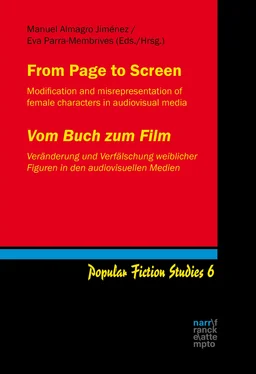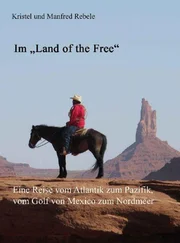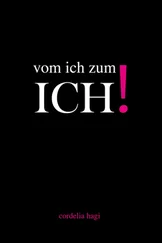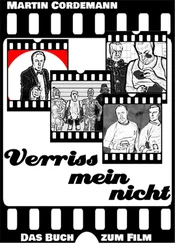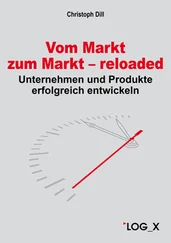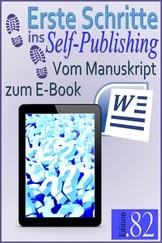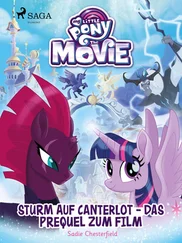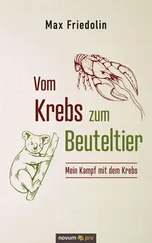Most of the cinematic adaptations of Spyri’s novels evidently do not intend to deviate greatly from the hypotext. Such is the case of Luigi Comencini’s Heidi (1952), the first Swiss film adaptation; Delbert Mann’s Heidi (1968), starring Jean Simmons as Fräulein Rottenmeier; or the more recent live-action film versions of the novel released in 1993 and 2015. The former, a three-hour television mini-series with ambitions to become the family entertainment of the year, is a Hollywoodish Walt Disney production, directed by Michael Rhodes, with British actress Jane Seymour playing an unconventionally attractive Fräulein Rottenmeier, and containing all the elements that audiences expect in a feel-good movie for children or family audiences. In contrast, the most recent Swiss version of Heidi (2015) – directed by Alain Gsponer and starring national treasure Bruno Ganz as Heidi’s grandfather and Hannelore Hoger as Frau Sesemann, Clara’s grandmother – does not spare the viewer the sordid elements of the story – poverty and cruelty towards children –, yet shows a joyful, innocent and pure Heidi (Anuk Steffen), just as Spyri might have imagined her in 1880.
However, some film adaptations have transformed or extended the hypotext, in order to retell Heidi’s story in different contexts or for different audiences. For instance, in the famous Hollywood version from 1937, directed by Allan Dwan and starring Shirley Temple in the role of Heidi, the plot is radically altered to become a sort of film noir – a genre that was in vogue at the time – in which good battles evil and in which Fräulein Rottenmeier displays criminal tendencies in a bid not to lose her power inside the Sesemann’s household. The moral element is indeed present but bears no relation to nature; instead it is linked to the presence of innate human features. Likewise, a more recent Heidi (Markus Imboden, 2001) portrays an orphan who is taken to Berlin by her aunt Dete, a successful fashion designer, to become the companion of her very own daughter, Clara, an emotionally deprived teenager, who has no interest in becoming friends with her younger cousin or letting her steal the little attention she receives from her own mother. As in its hypotext, Heidi longs to return to the mountains to be with her grandfather and her friend Peter and manages to do so by the end of the movie. The film leaves out the Sesemann household completely, and Heidi’s good nature is juxtaposed on this occasion with her overindulged and far from empathetic cousin.
As it is an appropriate story for family audiences and for children, in particular, Spyri’s work has also been transformed several times into animated versions. In spite of a tendency to consider animated versions of classical literary works “unholy” (Wells, 2007:199), the fact is that Heidi’s cartoons have become cult viewing for more than one generation of audiences. The most celebrated animated version of Heidi is, without a doubt, the renowned 1974 TV series Arupusu no Shôjo Haiji , Japanese for Heidi, Girl of the Alps , which marked the beginning of the ‘anime-boom’ in Japan (Fornasari, 2018: 365). The series, which was produced by Zuiyo Enterprises and directed by Isao Takahata, faithfully transferred the adventures of the Swiss character onto the screen in 52 episodes. As Fornasari (2018: 367) points out, its popularity helped to establish the unmistakable appearance of the characters – drawn by Oscar-winner Hayao Miyazaki – in the popular imagination: Heidi as a dark-haired, rosy-cheeked girl, Clara as a pale, blonde girl dressed in blue sitting in a wheelchair and Fräulein Rottenmeier as the strictest and most hardhearted woman in the history of television, with her tight bun and her pince-nez. The anime also included one of the most iconic characters, namely the dog Josef, which never appeared in the novel, but was created by the Japanese authors to add some comic and charming episodes to the story.
In 1982, the powerful producers Hanna-Barbera Cartoons developed another animated version of Spyri’s creation. In the form of a musical, Heidi’s Song deviates greatly from its hypotext, both in terms of content and in the values it aims to convey. When Heidi is in Frankfurt, Peter and the country animals come to rescue her. Together with Clara, the three escape back to the mountains. When Clara’s father returns to Frankfurt, however, he is angered to see that his daughter has disappeared and immediately leaves for Switzerland to bring her back. Meanwhile, Rottenmeier and the butler Sebastian, who in this version plays an equally evil character, take the opportunity to flee. Up on the mountain, Clara is attacked by a hawk and, when she crawls out of her wheelchair to use a stick to fight it off, she discovers that she is able to stand. In keeping with the spirit of the novel, the film portrays the fears and longings of its two main characters, namely Heidi and Clara, in their process of growing up: on the one hand, it depicts Clara’s coming of age and her yearning for romantic love; on the other, it shows Heidi’s fears which are condensed in a few scenes and are those of every child (darkness, the unknown, being lost or losing loved ones). This interpretation of Spyri’s works is meant to please the palates of American audiences, as it embraces the most American of film genres, namely the musical, and includes a hint of romance in the story. Indeed, this merging of reality and imagination in the depiction of characters, together with the presence of musical numbers have become typical features of animated movies, particularly those by Walt Disney.
In 2015, Heidi 3D , a Franco-Australian co-production of a total of thirty-nine episodes, marked the fortieth anniversary of the anime Heidi, the Girl of the Alps . Even if this CGI-animation remake also draws inspiration from the original novel, it mainly models itself on the Japanese animation series. The physical resemblance of the main characters in the two series is very obvious, even if the most recent adaptation offers more colorful and detailed versions of their anime predecessors. Despite the series being considerably shorter, as a hypertext, it manages both to expand the plot and to develop the characters by being far more interpretive. It even allows the viewer to empathize with one of the main protagonists, the ever-loathed Rottenmeier and depicts her as a more vulnerable and sympathetic figure. In general, all the characters are re-examined and given individual story arcs: from Peter, who finds out he can be good at school, to the grandfather, whose past is gradually revealed, as well as Clara or her grandmother. The series is thus able to develop and somewhat re-invent the original characters, allowing them to leave behind the two-dimensional figures of the first animated version and to provide new insights into their personalities and backgrounds, which were concealed or only implied in the hypotext.
As mentioned in the introduction, and according to Cartmell and Whelehan (2007: 34), adaptations of literary works for television, unlike their cinematic counterparts, have often been excluded from the realm of adaptation studies, despite their popularity from the 1970s onwards, and have been – more often than not – subject to pejorative judgments from scholars and critics, one of the most common being that they reflect television’s tendency towards “conservative programming in contrast with the more innovative proposals of cinema” (Cardwell, 2007: 183). Spyri’s Heidi was one of the many works of literature which was turned into an animated television series1 in the 1970s and early 1980s, as part of a surge of adaptations of classical works of literature aimed for the small screen which made their way into most Western households.
Читать дальше
